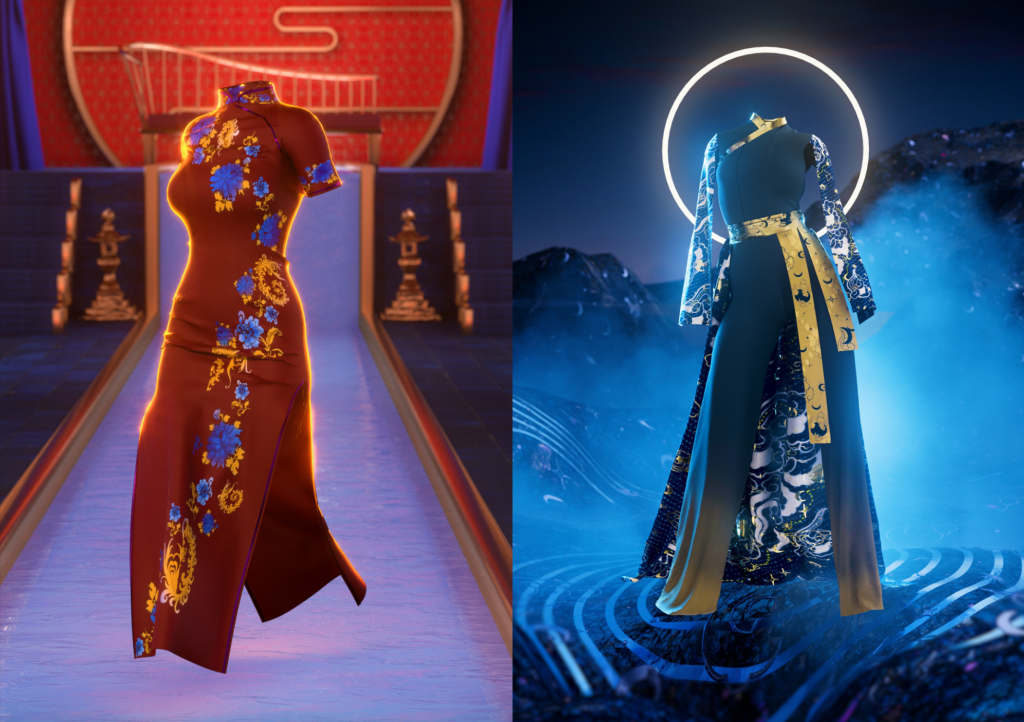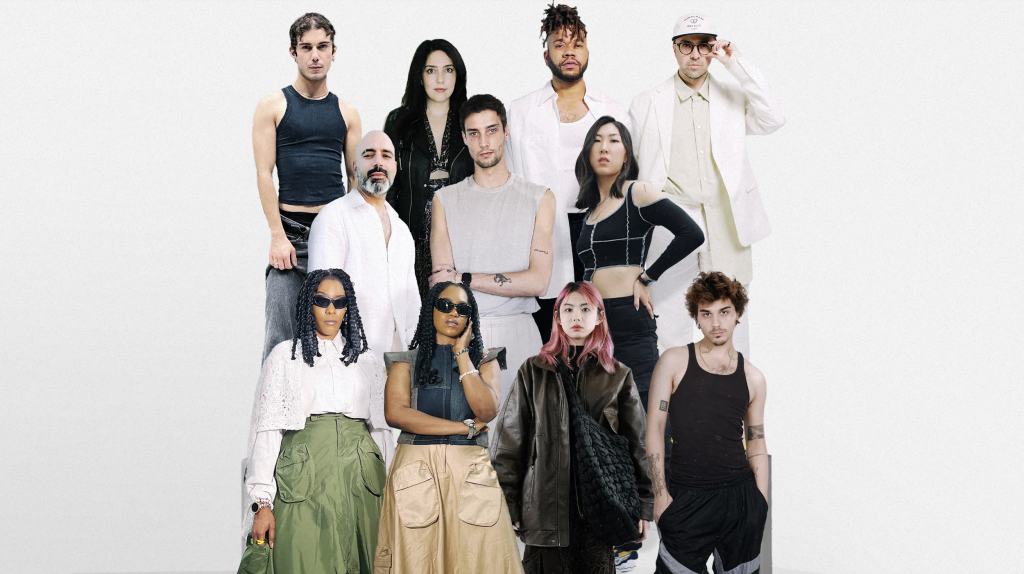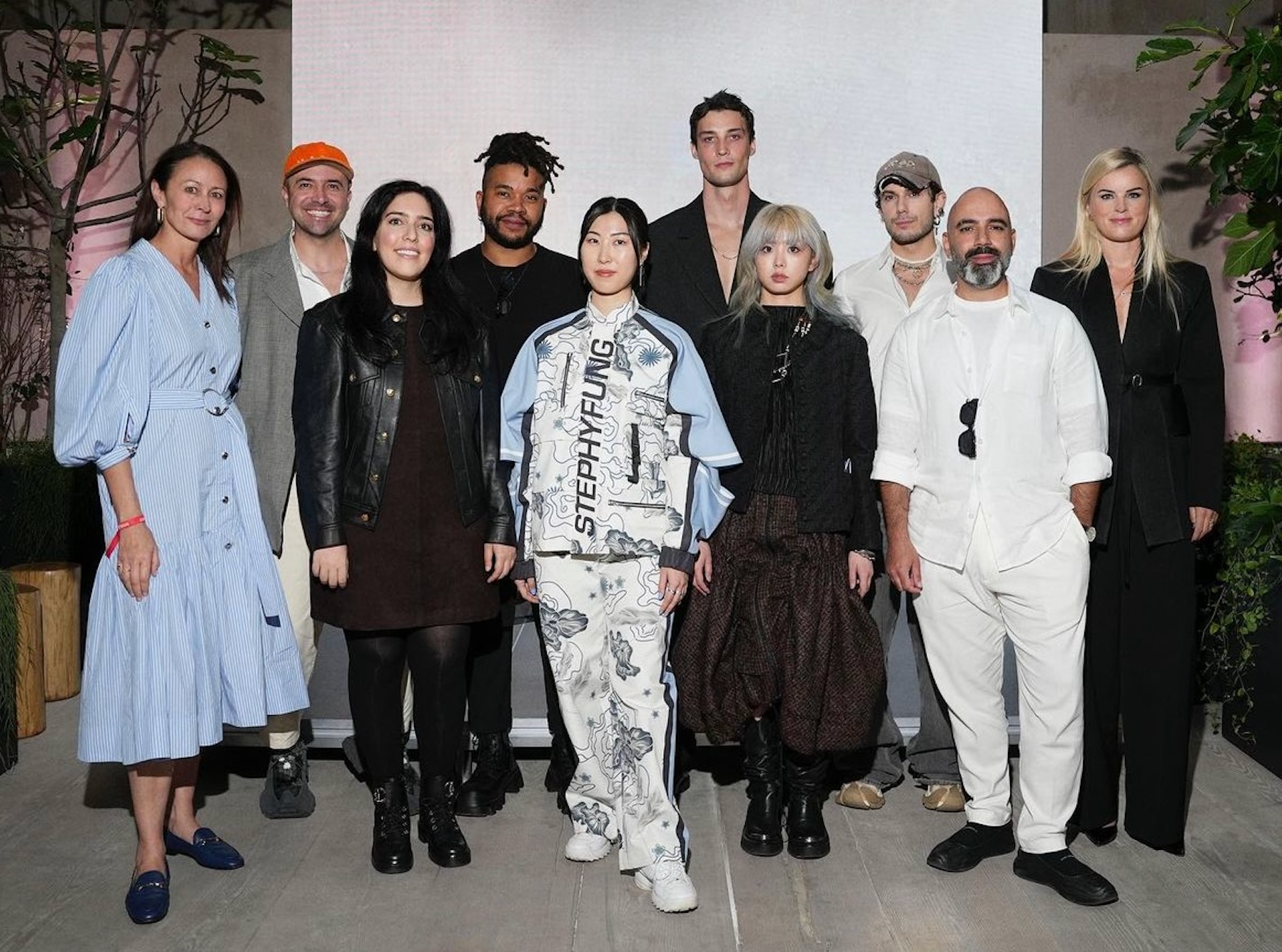This year has seen industry enigmas such as Gucci’s Sabato de Sarno and Ann Demeulemeester’s Stefano Gallici make their names in the luxury fashion scene.
The recent popularization of digital fashion means a new wave of creators is also ready to break through.
And Stephy Fung is one of them.
“The benefit of being an early participant in digital fashion is that we don't have to take it as seriously. We have the space to play and experiment,” Fung tells Jing Daily. “While I think digital fashion is here to stay, it’s not fine cut yet. That’s the exciting part, we don't know what to expect.”
The motion graphic designer-turned-digital fashion luminary is shaking up the fashion industry with her virtually-rendered creations, each of which seeks to redefine traditional Chinese wear through boundary-blurring techniques.
Digital beginnings#
After starting a career in 3D animation, in 2019, Fung shifted her focus to fusing culture, emerging technology, and practical fashion know-how. Her interest was sparked after joining Digi.gxl, a platform championing womxn, trans, intersex, and non-binary digital designers.
“I remember we were working on a project with Selfridges. At that time, I didn't know anything about digital fashion, but I knew how to build 3D environments. But it was there that I became fascinated with the idea. When lockdown hit, I decided I wanted to create clothing that I really wanted to wear, but just didn't know how to,” Fung says.
A scroll down on Fung’s Instagram will take you to the beginning of her digital fashion journey.
“My first digital fashion piece was not the best,” Fung says. But instead of burying her learning curves from the public eye, she chose to authentically document her process.
Since then, Fung’s platform has grown into an outlet that showcases what happens behind the scenes when she takes ideas and turns them into final concepts.
“From the stories that I hear about the industry, you need the experience, you need the connections, you need to work with a certain fashion house to get access to certain things. It’s pretty gatekept.”
Her Instagram boasts over 100,000 followers, and her weekly Twitch streams dive deep into digital design. Fung is disrupting the status quo of an industry notoriously shrouded in mystery.
“What I saw on Instagram is that people would just post their physical outcomes,” she says. “They don't show you the secrets behind how they made them; but people really appreciate visibility from artists or designers, because they feel like you're bringing them on the journey with you.”

When Fung started dabbling with virtual garment programming back in 2020, resources were scarce. She often found herself depending on niche pockets of arbiters to post free tutorials online.
Fast forward to 2023, and with digital fashion tools like Clo3D now ubiquitous, Fung is taking on the role of her educators.
“I feel like because I learned from people who provided free resources online, I want to do the same thing and educate people to show them what is possible,” Fung says. “When people can see the hard work that goes into my pieces, I think they understand it a lot better.”
Evolution of the self and the Chinese identity#
Fung’s tapestry of work over the years can also be interpreted as a personal evolution of the self. The creative often turns inwards for inspiration, using garment design as a vessel to dissect her dual heritage and the Chinese diaspora.

“A lot of [my ideas] are drawn from my dual culture, which is British and Chinese. I put a strong emphasis on highlighting the traditional Chinese aspects, because as I’ve grown older I’ve become more appreciative of my Chinese heritage. As a kid, I didn't really appreciate that. I wanted to assimilate to British culture,” Fung says.
With her work revolving around traditional Chinese clothing, such as the qipao or hanfu, Fung’s content also educates fashion lovers on the often overlooked influence of Chinese design through modern technology.
Her love of streetwear also plays a pivotal role in her work. For one of her pieces, Fung blended the staple silhouette of a tracksuit with Chinese-inspired patterning, complete with a mandarin collar.
“I'm hoping that by just doing me, I’m inspiring other people to do the same. To champion their background and their identity, no matter what culture they come from.”
“I love the meaning behind streetwear. I love the shape and the style of it. I think adding these traditional Chinese elements to modern codes of streetwear is the best way to express myself and my style,” Fung says. “It's funny because as I create my own style in digital, I feel like it's changing the way that I physically dress as well.”
Though fashion still has a long way to go in terms of representation – both online and offline – Fung sees the flourishing digital fashion community as a beacon of hope.
“I do feel like the [digital fashion] community is more inclusive as a whole. Anyone can pick it up, and basically anyone can enter this space. I also think it's just a lot more welcoming,” she says. “Compared to the 3D and crypto spaces, which are definitely more male heavy, the digital fashion landscape has a greater balance between all genders. It's a space that I'm really proud to be in.”

Future forces#
In June, Fung joined the Syky Collective program as part of its inaugural cohort. The incubator program aims to equip promising digital fashion talent with a platform to amplify their work and gain recognition.
The accelerator is also pushing to diversify the inner circles of fashion and democratize the industry.
“A lot of us in the Syky collective may not come from a typical fashion background,” Fung says. “From the stories that I hear about the industry, you need the experience, you need the connections, you need to work with a certain fashion house to get access to certain things. It’s pretty gatekept.”
Where the physical realm repeatedly falls short, Fung is optimistic about the future of inclusivity in digital design. She also hopes that her organic rise to prominence will encourage fledgling talent to find their voice and use it.
“I'm hoping that by just doing me, I’m inspiring other people to do the same. To champion their background and their identity, no matter what culture they come from,” she says.


